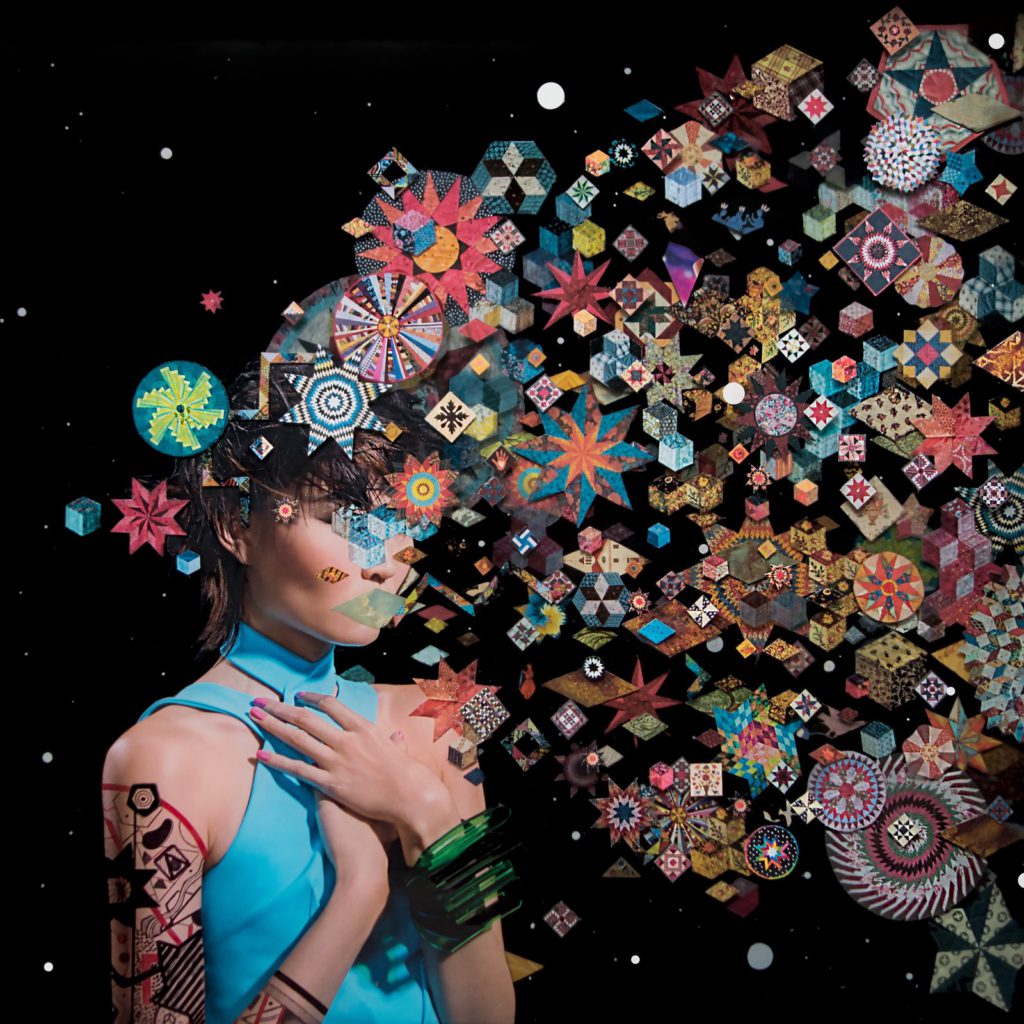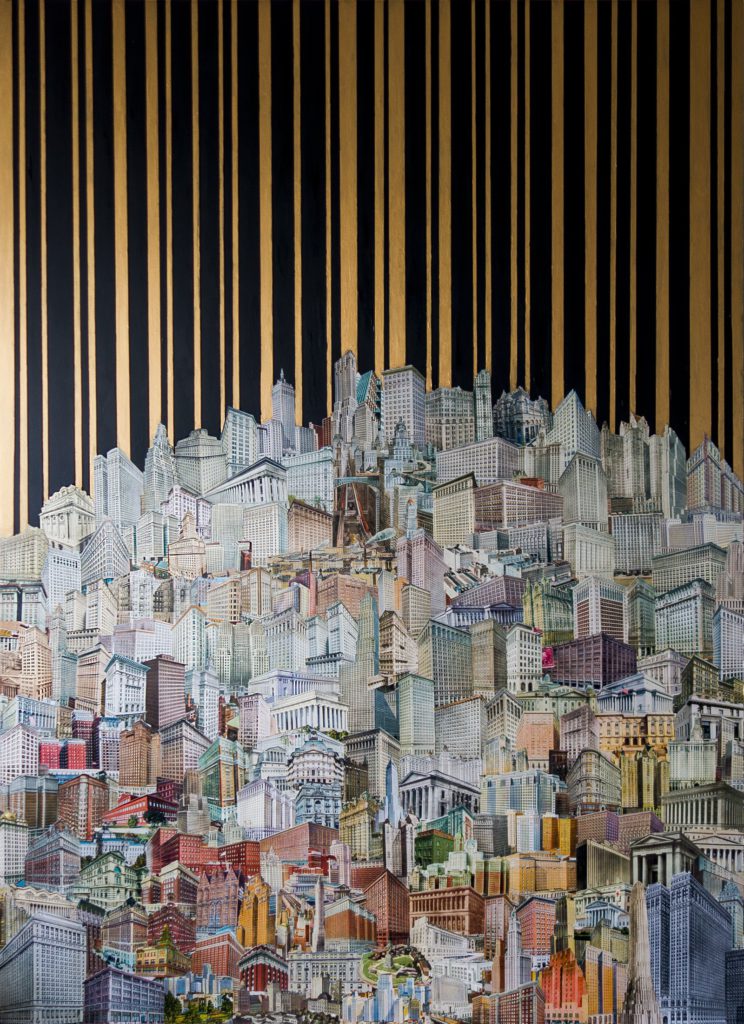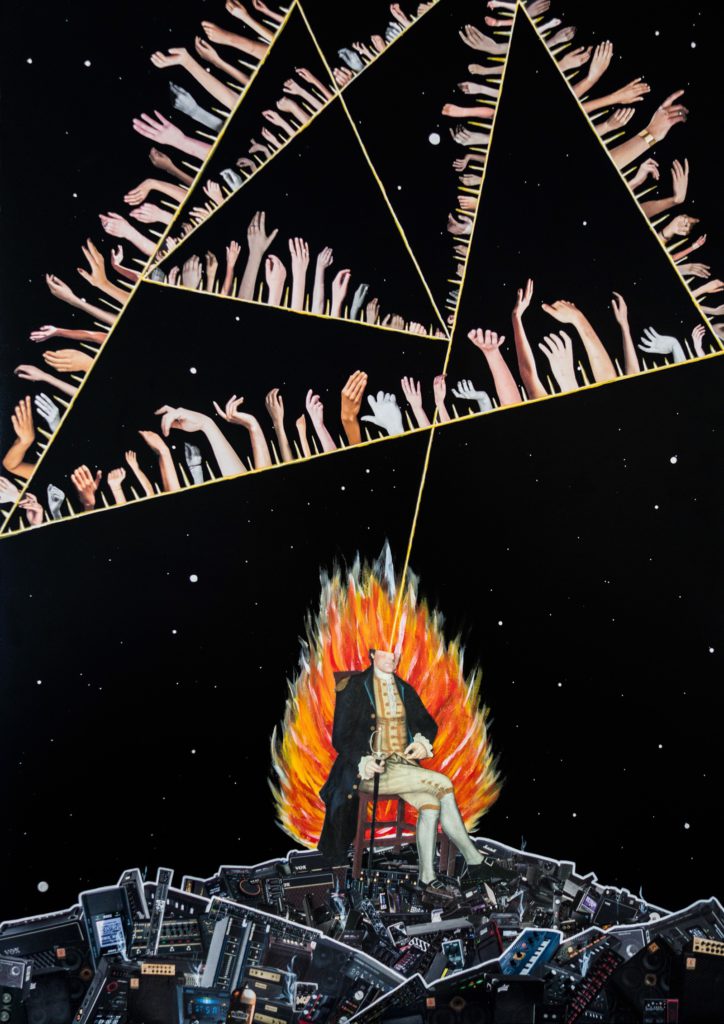

“Who does David Crunelle think he is? That’s what I want to ask. Where does he get off calling his current exhibition FOLK? Is he, by extension, calling himself a folk artist, heir to Grandma Moses or Bill Traylor? Worse yet, it seems to me that it’s the style of (particularly American) ‘naïve’, ‘untrained’ art that is being mined here, not its (base) subject-matter, the overall effect being something akin to that produced by the pictures depicting Venezuela’s War of Independence adorning walls in the country’s towns and cities back in the ’90s, as witnessed by the anthropologist Michael Taussig:
Bright red-coated soldiers and horses and machetes scattered across verdant plains, plus crude portraits in ornate frames, plus slabs of pulsing colors like jet streams skipping over bus stops and around corners … Without thinking, I assumed these childish murals … were in fact painted by children. Only later did it occur to me that this was a dissimulation, that the paintings were painted by adults to look as if they were painted by children – that this was a style, a technique, such as ‘naive painting.’
We’re in pre-ripped jeans territory now. Affected poverty, if you will. What Taussig cites above is as an example of what he calls the adult’s imagination of the child’s imagination, a dialectical conceit describing nothing less than that on which the stateliness of the state is predicated. I guess my own worries are (in the present case, at least) similar to those of Trotsky, who in 1923 bemoaned approaches to folk art which were too academic. ‘The methods of formal analysis are necessary’, he writes, ‘but insufficient. … [I]f you don’t know the peasant system of sowing, and the life that is based on it, if you don’t know the part the scythe plays … you will have only understood the outer shell of folk art, but the kernel will not have been reached.’
(…)
For real: Who does David Crunelle think he is?”





